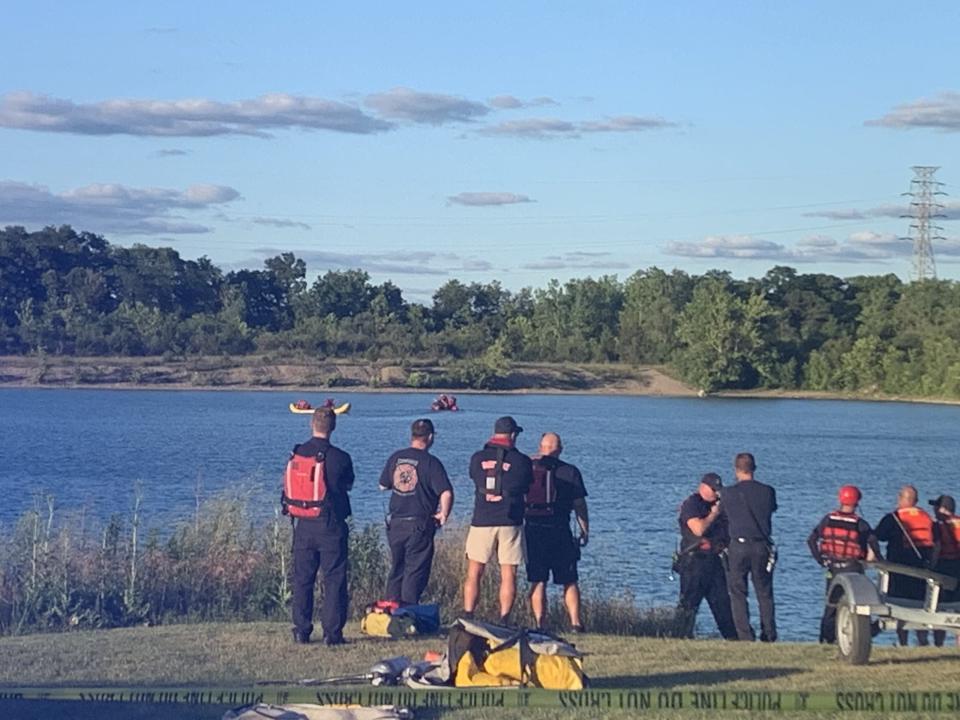A Seattle couple is warning other pet owners after they said a coyote almost killed their cat in north Queen Anne.
Jayne and Ryan Smith, who live in Queen Anne, said they woke up on Mother’s Day at about 4 a.m. to a horrifying sound.
“In pain, just a screech from him,” said Jayne.
Ryan said, “I was woken up by the worse scream I ever heard.”
Both rushed outside to find their beloved cat, Stormageddon.
A Seattle couple says their cat was attacked by a coyote in Queen Anne. An owner tells me she rushed outside when she heard her cat screech for help and saw her cat dangling from the coyote’s mouth. The couple’s warning to pet owners on @KIRO7Seattle at 5 p.m. pic.twitter.com/nJWdB3b0kg
— Louie Tran (@louie_tran) May 28, 2024
Jayne said she saw her cat dangling from a coyote’s mouth just down the road on Queen Anne Avenue North.
“He was limp hanging from the coyote’s mouth, so I thought he was already gone,” said Jayne. “One of the worst moments of my life. Hands down. I’ll be haunted by that forever.” “If I had put on shoes, if I stopped to put on a jacket, I may not have seen the coyote leave,” she added.
Jayne ran after her cat as she screamed and made loud noises, she said.
The coyote eventually dropped her cat.
“Blood just oozing out of the side of his head where the deep puncture was,” Jayne said.
The Smiths later discovered that their cat had a fractured skull after they had rushed their cat to an emergency veterinary clinic.
Stormageddon is walking and slowly recovering, but the Smiths said they were lucky.
“We love him so much and thought we were going to lose him,” said Jayne. “I knew there were coyotes around Seattle. I didn’t know they were living right here in north Queen Anne.”
Less than two weeks later, Jayne encountered another coyote as she was walking her dog.
“They’re getting bolder because one followed me and my dog for a block, just around the SPU’s campus just a few days ago in the middle of the day,” said Jayne.
“Right before students were going to arrive, there was a coyote in an area that would usually have hundreds of people walking around. And it followed them. Her and the dog followed,” said Ryan. “I knew that there were coyotes, and I didn’t think they were even anywhere near here.”

The Smiths are warning other pet owners, including those who live in dense neighborhoods about the possible dangers lurking in their neighborhoods.
“We’re right next to Fremont. There’s mostly apartments and condos here. I never thought there were here,” said Ryan. “We’re going to make sure that Storm never gets out of the yard again and hopefully he’ll be safe.”
“We won’t get lucky again if something like that were to happen,” said Jayne. “I’m just so so lucky that it wasn’t worse and he’s still with us.”
A GoFundMe was created to help the Smiths during this difficult time as they help Stormageddon recover and heal. If you would like to help, please click here.
WASHINGTON STATE DEPARTMENT OF FISH AND WILDLIFE:
KIRO 7 News reached out to the Washington State Department of Fish and Wildlife to learn more about coyotes.
A spokesperson said coyotes are present across nearly all of Washington state, from the shrub steppe to many urban and suburban areas.
The animals are common in many larger, wooded green spaces and parks within cities, including Seattle, officials added. Coyotes are most active at night and during the early-morning and evening hours.
“Their diet is diverse and adaptable to what’s around, including everything from rabbits and small rodents to garbage, birdseed, and fruit from trees. Coyotes can benefit humans and ecosystems by helping control populations of mice, rats, voles, moles, and rabbits,” officials said in a statement.
If people feed coyotes, this can increase the number of riskier encounters with the animals as they could quickly lose their natural fear of humans and become aggressive, officials said.
“If you encounter a coyote, don’t run away from it! Stand tall, make eye contact with the coyote, and shout at it. You also can throw something at it. Make loud noises, wave sticks, squirt it with a hose, or otherwise “haze” the coyote if it approaches. This “humane hazing” can help re-establish the coyote’s natural fear of people,” officials wrote.
“If coyotes don’t respond to hazing and appear increasingly agitated, walk calmly away from the coyote, without turning your back to it. Maintain eye contact and your assertive stature,” they added.
February through July is considered pupping season for coyotes so people may see the animals more often during these months.
“The right type of fencing can help exclude coyotes from your property. A 5-foot woven-wire fence with extenders facing outward at the top of each post should prevent coyotes from climbing over. A sketch of this kind of arrangement is available on our Coyotes webpage under “Preventing Conflict.” It’s also advisable to bury fencing at least 8 inches deep to prevent coyotes from digging under. Electric fencing can also help prevent coyotes from accessing an area. If residents witness a coyote attack on supervised pets (such as leashed dogs) or backyard chickens and other fowl, we encourage them to report it to WDFW Police officers by calling 360–902–2936, emailing WILDCOMM@dfw.wa.gov.”
Signup bonus from




